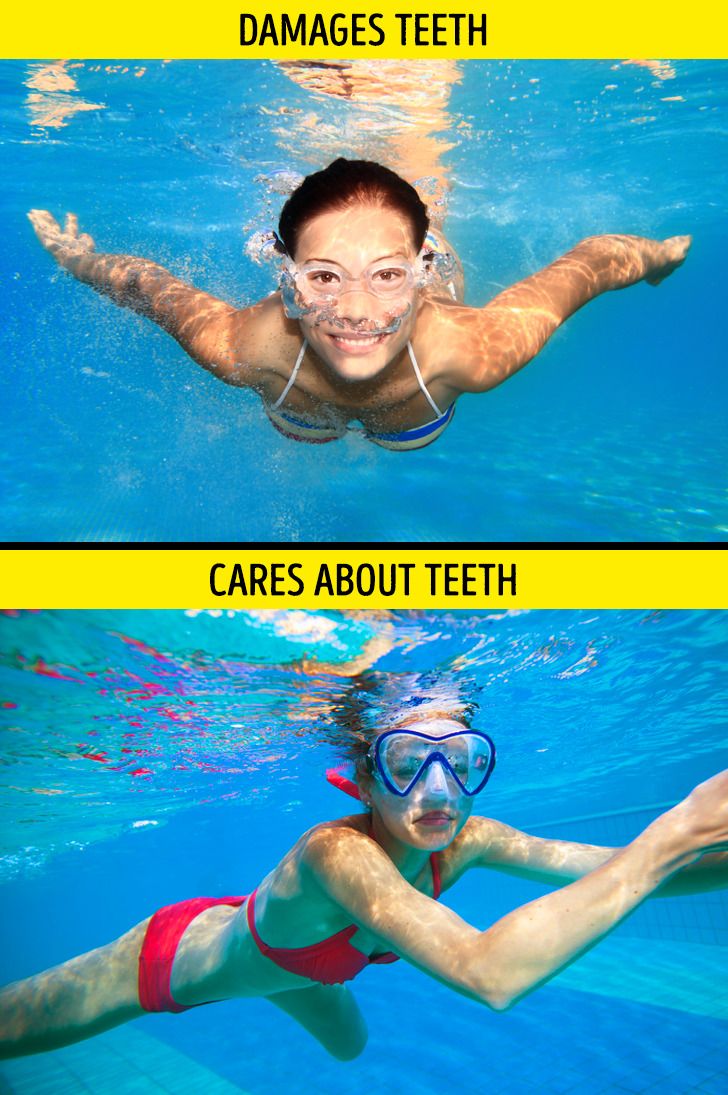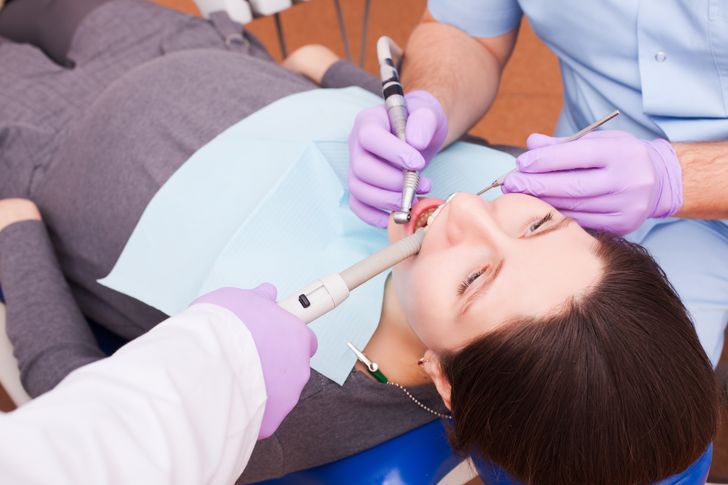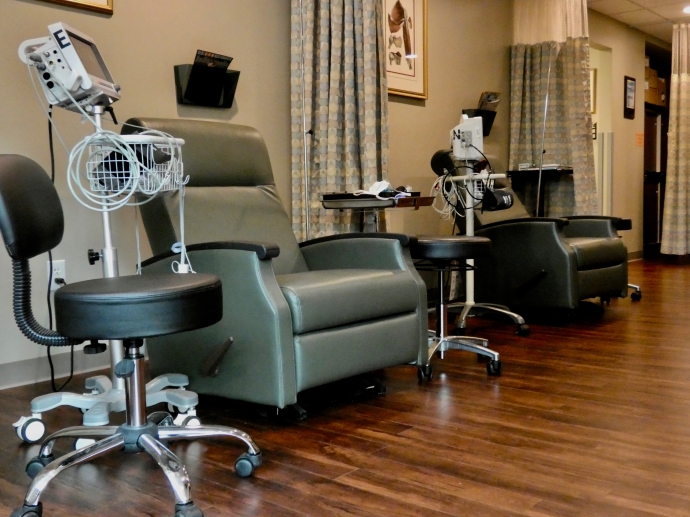Things that happen if you avoid the dentist
Many people believe good oral care means they only need to brush their teeth once or twice each day, and floss once daily. While these are important actions, it’s also necessary to schedule regular dental appointments for a checkup and professional teeth cleaning.
Consider four things that happen if you don’t:
- Tooth decay – Daily tooth brushing and flossing help keep plaque under control. Plaque is created by food particles that join with bacteria to form a substance that adheres to teeth. If not removed, plaque can break down tooth enamel and cause decay. During regular dental checkups, dental professionals clean and remove plaque. Skipping these appointments allows bacteria to flourish and attack your teeth and gums, and create decay that may require extensive restorations, such as a root canal or crown, and also cause bad breath.
- Gum disease – Untreated tooth decay can lead to gum or periodontal disease. The gums are designed to provide a tight cover around your teeth and roots. Plaque bacteria can attack the gums, causing swelling and bleeding, allowing bacteria to settle underneath. If not treated properly, this condition, called gingivitis, can lead to periodontal disease.
- Health problems – During a checkup, dental professionals also may detect signs of serious medical problems. Catching these problems early may help you avoid expensive medical bills. If you don’t regularly see the dentist, health problems, such as hypertension, diabetes, oral cancers, kidney failure and heart disease may not be discovered until they’re in a more advanced stage. Often it’s because people see their dentist more often than their regular medical doctor.
- Stains – Drinking coffee, tea and wine, or smoking cigarettes can stain teeth and create an unattractive smile. Professional teeth cleanings help remove stains. However, dark discolorations may require cosmetic dentistry procedures to remove stains and whiten teeth.
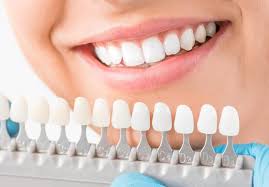
What to Expect at the Dentist
A visit to the dentist doesn’t have to be something to dread. Dentists and hygienists want to help, and they’ll usually try to make your office visit as easy as possible.
You can often watch movies or TV. They may break up work into many visits so it’s not too much in one sitting. And there are options for pain relief or sedation during procedures.
Making it to the chair puts you closer to better health and smiling with more confidence.
Before the Appointment
Plan enough time off from work or school to feel less rushed or anxious about getting back. When you make your appointment, ask how long a cleaning and exam usually take, then add extra time to that. You’ll be in the dentist’s chair longer if it’s been a while since your last visit. An end-of-day appointment is a good option so you can go right home.
If you have dental insurance, see if your dentist is in-network to save money. You may have to pay a co-pay when you’re at the office, or your dentist might bill you the balance after your insurance pays them. If you don’t have insurance, find out ahead of time how much you should plan to pay at your appointment.
On the day, get there early so you can fill out paperwork (or turn it in if forms are available online ahead of time) and give the staff time to set you up. Have your driver’s license and insurance card ready when you check in at the reception desk.
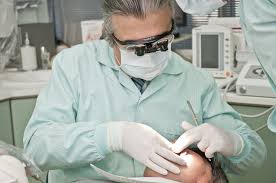
A Routine Visit
A dental hygienist covers your chest with a plastic or paper cloth, and you may get eye shields to wear, too. You’ll see a tray of metal and perhaps ultrasonic tools. The hygienist uses these, working a tooth at a time, to scrape off any hard buildup of plaque and tartar on the surfaces and along your gumline. They may floss between your teeth, too.
If your jaw hurts or you have mouth pain while they’re cleaning, let the hygienist know. You can have rest breaks when you need them.
After that’s done, you’ll rinse well. Using a tool with a spinning head, the hygienist polishes your teeth. You might even get to choose the flavor of buffing paste. And you’ll rinse again.
Typically, you’ll get X-rays every year or so to help find problems that are just starting or are hard to see.
Then the hygienist brings the dentist in to do a thorough exam, checking each tooth and looking for pockets or gaps between your teeth and gums.
A tool called a periodontal probe, which could be metal or ultrasonic, helps the dentist find problem spots. It can also measure the depth of any gum pockets. The hygienist often stays to record notes in your chart.
Afterward, the dentist will talk to you about how things are looking and what’s next.

After the Visit
If your mouth is sore, you can take over-the-counter pain relievers.
Call the office between routine visits if you have questions, your teeth hurt, or your jaw swells. Issues like broken teeth are an emergency, and you should let your dentist know right away.
Follow-up Care
When your mouth is healthy, you should probably get a cleaning and exam every 6 months. Depending on what the dentist finds during your exam, they’ll recommend a treatment plan, dealing with the most needed care first.
To take care of problems, you’ll likely need to come back sooner than you would for another routine visit.
You may need fillings to close up cavities in the teeth before they get larger. For more serious decay, crowns surround and cover the core of the damaged tooth, keeping the root in place. This “cap” is cemented in place to look and feel like the real thing.
Cosmetic bonding, veneers, and shaping can improve the appearance of any broken and discolored teeth. Ask your dentist about options for improving your overall smile.
To start healing gum problems, scaling and root planing clean the sides of the teeth below the gumline so the gums can tighten up around the roots better. You may need X-rays every 6 months to check your progress.
If the dentist finds infection or swelling in the roots of a tooth, you might need a root canal. This treatment involves opening the tooth and cleaning the inside before closing it back up. You may need to see a specialist called an endodontist.
Dental X-Rays
Overview
Dental X-rays (radiographs) are images of your teeth that your dentist uses to evaluate your oral health. These X-rays are used with low levels of radiation to capture images of the interior of your teeth and gums. This can help your dentist to identify problems, like cavities, tooth decay, and impacted teeth.
Dental X-rays may seem complex, but they’re actually very common tools that are just as important as your teeth cleanings.
Why dental X-rays are performed
Dental X-rays are typically performed yearly. They can happen more often if your dentist is tracking the progress of a dental problem or treatment.
Factors affecting how often you get dental X-rays may include:
- your age
- your current oral health
- any symptoms of oral disease
- a history of gum disease (gingivitis) or tooth decay
If you’re a new patient, you’ll probably undergo dental X-rays so that your new dentist can get a clear picture of your dental health. This is especially important if you don’t have any X-rays from your previous dentist.
Children may need to have dental X-rays more often than adults because their dentists might need to monitor the growth of their adult teeth. This is important because it can help the dentist determine if baby teeth need to be pulled to prevent complications, such as adult teeth growing in behind baby teeth.

